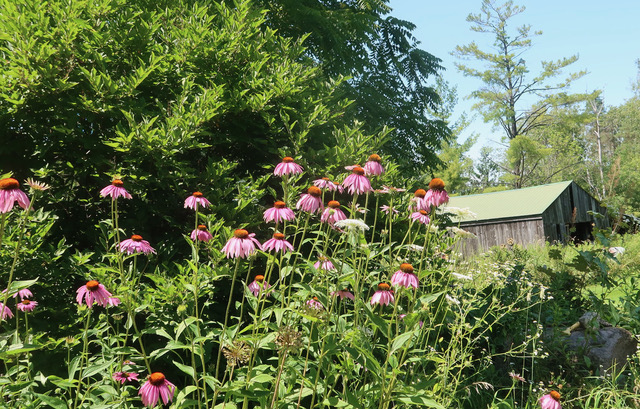
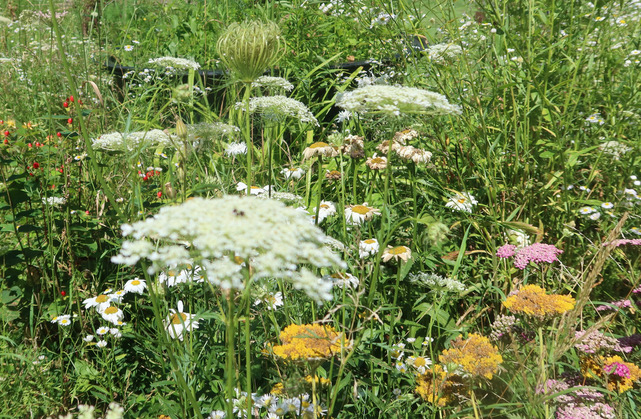
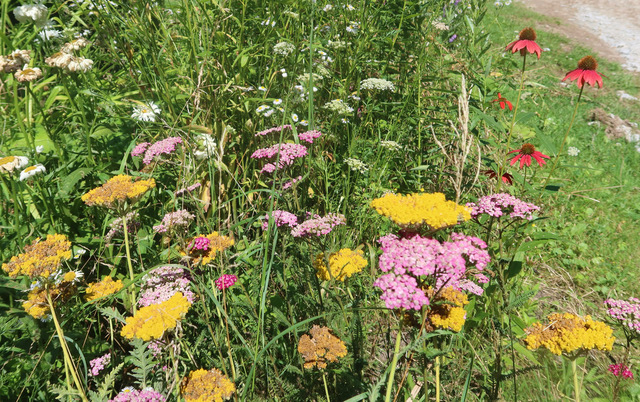
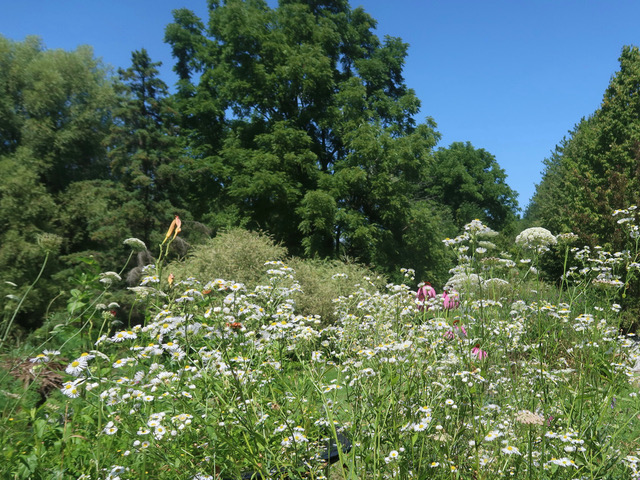

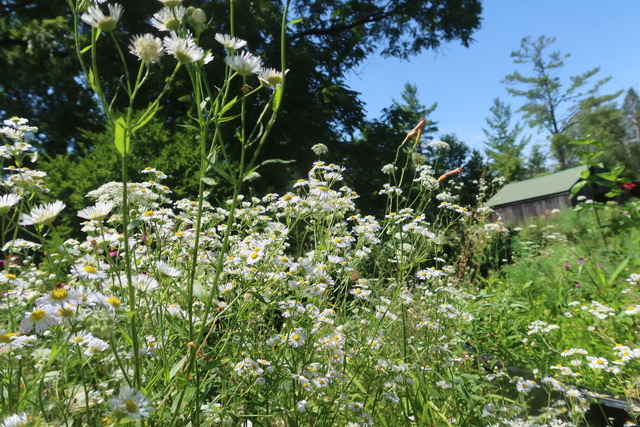
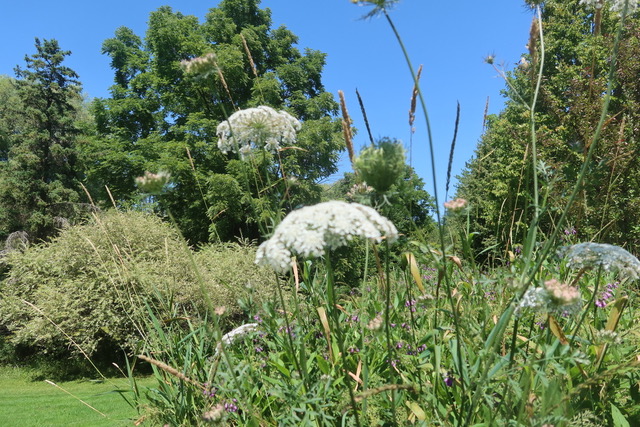
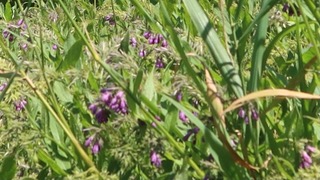
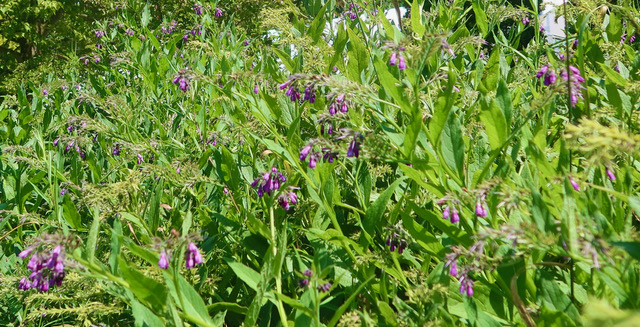
Borage oil should be diluted and applied topically. Borage supplements may cause mild side effects, including digestive problems. Those with liver issues and women who are pregnant or breastfeeding should avoid borage.
Borage is a medicinal herb that has been associated with a number of powerful health benefits.
In particular, borage has been shown to decrease inflammation, improve skin health, and decrease symptoms of asthma.
However, it’s important to use supplements only as directed, select products that are free of PAs, and consult a healthcare professional before taking them, especially if you’re taking any other medications or have underlying health conditions.

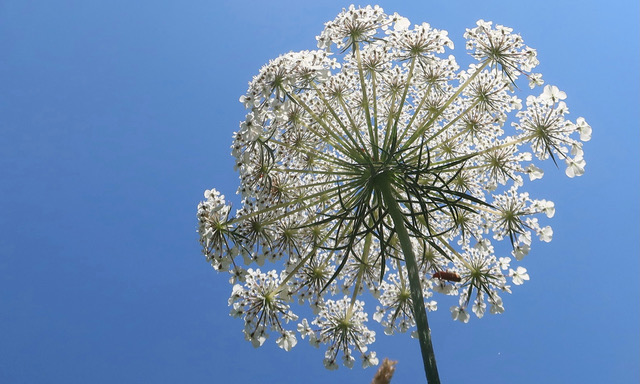
A familiar sight in meadows and along roadsides all summer long, Queen Anne’s lace is a very pretty wildflower. Native to Europe and Asia, Queen Anne’s lace is invasive in North America and some may consider it a weed. The leaves are delicate and thready, somewhat fern-like in appearance. The flat flower tops are a creamy white disk of tiny flowers, and look a bit like wild yarrow at a distance. The flowers are also similar to the flowers of goutweed, aka bishop’s weed (Aegopodium podagraria).
While it has a place in the landscape as a source of food for pollinators and makes a long-lasting cut flower in a wildflower arrangement, Queen Anne’s lace (Daucus carota) is essentially a common weed. It is also commonly called wild carrot, as the root looks like a slender pale orange carrot and has a carrot-like scent. The young root is edible and can be eaten like a carrot, raw, in a salad, or cooked in a soup.
WARNING
A familiar sight in meadows and along roadsides all summer long, Queen Anne’s lace is a very pretty wildflower. Native to Europe and Asia, Queen Anne’s lace is invasive in North America and some may consider it a weed. The leaves are delicate and thready, somewhat fern-like in appearance. The flat flower tops are a creamy white disk of tiny flowers, and look a bit like wild yarrow at a distance. The flowers are also similar to the flowers of goutweed, aka bishop’s weed (Aegopodium podagraria).
While it has a place in the landscape as a source of food for pollinators and makes a long-lasting cut flower in a wildflower arrangement, Queen Anne’s lace (Daucus carota) is essentially a common weed. It is also commonly called wild carrot, as the root looks like a slender pale orange carrot and has a carrot-like scent. The young root is edible and can be eaten like a carrot, raw, in a salad, or cooked in a soup.
WARNING




